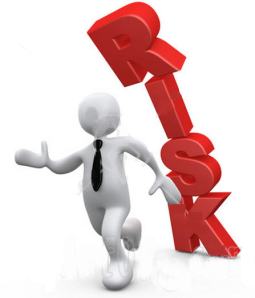 Following post: Biases: Where do they come from?
Following post: Biases: Where do they come from?
“I’ve been interested with cognitive biases and misconceptions for some time already, reading all available material on the subject, including your blog. However, I noticed that just knowing about biases doesn’t really help to get rid of them. Last week I was talking to a friend about politics and was suddenly faced with a sad reality of failing to see through “Halo effect” bias. What happened was that as we were discussing with my friends a politician who recently achieved infamy by openly demonstrating unwanted behaviors in his private life, I made a statement that someone who behaves this way in his social life has no chance of filling his office properly. It seemed logical to me when I said it, but when my friends pointed to a fact that there is no known correlation between someone’s personal and professional life, I immediately understood that my statement was caused by “halo effect”. This situation made me wondering: is there any benefit in learning about biases, if it only helps you to understand what you already did wrong? Continue reading


 Welcoming a new employee into the Team could be a serious challenge, as there is always a chance that something would go wrong and precious potential would go wasted on unnecessary complications. Many
Welcoming a new employee into the Team could be a serious challenge, as there is always a chance that something would go wrong and precious potential would go wasted on unnecessary complications. Many 





